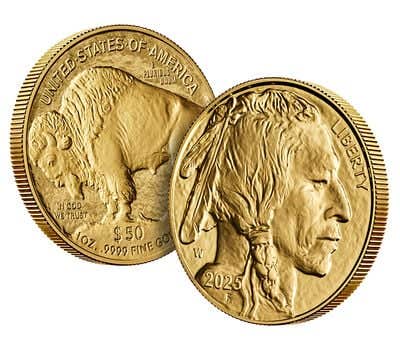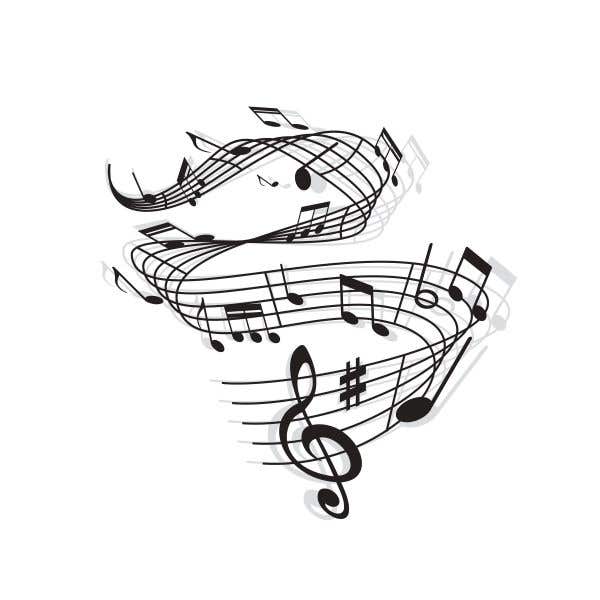Coin Clinic: Lettered edges can face up or down
By Richard Giedroyc The lettered edge, when present, on our current golden dollar coins can face either towards the obverse or the reverse. Is this true of all lettered edge…
By Richard Giedroyc
The lettered edge, when present, on our current golden dollar coins can face either towards the obverse or the reverse. Is this true of all lettered edge coins, or are there coins where the lettered edge consistently faces one side of a coin?
The edge lettering on our current dollar coins is applied in a separate step from the step in which the obverse and reverse impressions are added to the coinage blank. For this reason the placement of the edge towards the obverse or reverse is random. There are coins where the obverse, reverse, and collar impression are added in a single process. In such a case the edge lettering will consistently face the same side of each coin.
Is there a reason to collect Presidential dollar coins with the edge lettering facing both the obverse and the reverse?
If you are asking if one variety is scarcer than the other, the answer is likely not. Since the coins are struck with the lettered edge randomly facing either the obverse or the reverse it is likely the variety mix is going to be close to 50-50. Technically a complete set should still have one of each edge variety for each president.
There has been quite a bit of publicity surrounding the George Washington and John Adams Presidential dollar coins without lettered edge, or in the case of the Adams coin with a doubled lettered edge. Are there other Presidential dollar coins with the same errors and if so, why aren’t the mistakes publicized?
I am unaware of any other doubled lettered edge Presidential dollars. However there are other Presidential dollar coins on which the lettered edge is absent. There appear to be so few examples that publicity surrounding these has been nil.
Do you see the “early strike,” “finest known,” etc., market to be a financial bubble?
There is a lot of attention focused on some non-traditional coin collecting such as coins identified as being the first strike, first day of issue, or among the earliest strikes for a modern issue. Since the only difference between these coins and any other like coin is the plastic capsule in which they are housed I would take a jaundiced view of their future values. Finest known coins are different. The finest known, or one of the finest graded, of a traditionally collected coin such as a type coin or a scarce date will likely remain in demand. You can still expect the market to go up and down as it will with anything else, but the interest is expected to continue. Finest known or one of the finest known (Mint State or Proof-70) of a modern coin where many multiples are available in this grade has gradeflation potential.
I have a certified coin identified on the label to the shipwreck from which it came. Will this designation add any more value to the coin later?
I can’t predict the future, but most certified shipwreck coins I have encountered are certified to be genuine, but are not graded. This is because having been sea salvaged they have water damage. This in turn will likely impact the future value of these coins negatively. Something else to consider regarding treasure coin finds – if this type coin was rare shouldn’t the fact more were found drive their value down rather than up? The word “treasure” in advertising is what triggers the excitement, until the coins reach the secondary market where collectors and dealers take a different view of them.
I have an encapsulated certified 2014 baseball glove coin autographed by an athlete. Will this autograph add value to the coin?
It depends on whose autograph is on the encapsulation and if the autograph is authentic or if it is a mechanical signature. The value of the autograph of a sports figure may change in time depending on how the person performs and if that person eventually gets into the hall of fame or not. This is similar to how the value is determined for baseball and other sports cards.
Is there some kind of story that some 1871 silver dollars were minted from metal recovered from a fire?
I can only find sketchy details, but reputedly the coins were struck from metal from “melted horns from the Diligent Fire Engine Co. #10 of Philadelphia.” The story traces to the Chapmans, who were old-time coin dealers.
Wasn’t there some question about the 1893-CC dollars struck at Carson City?
No satisfactory explanation was ever given for 80,000 of the coins that turned up in the vaults of the Nevada State Treasury, despite a statement from the U.S. Treasury that none existed outside the Treasury vaults. Evidence showed that a number were poorly struck, evidently in haste to avoid their illicit manufacture being discovered.
With all the melts, just how many silver dollars are still in circulation?
While technically in circulation, just about all silver dollars are now in the hands of hoarders, dealers or collectors. The last Treasury figure I can find indicates about 480 million pre-1936 silver dollars are still out there.
E-mail inquiries only. Do not send letters in the mail. Send to Giedroyc@Bright.net. Because of space limitations, we are unable to publish all questions.
More Coin Collecting Resources:
• Kick-start your coin collection with the Fundamentals of Coin Collecting set of essential resources and tools.
• Strike it rich with this U.S. coins value pack.
• Build an impressive collection with Coin Collecting 101.









